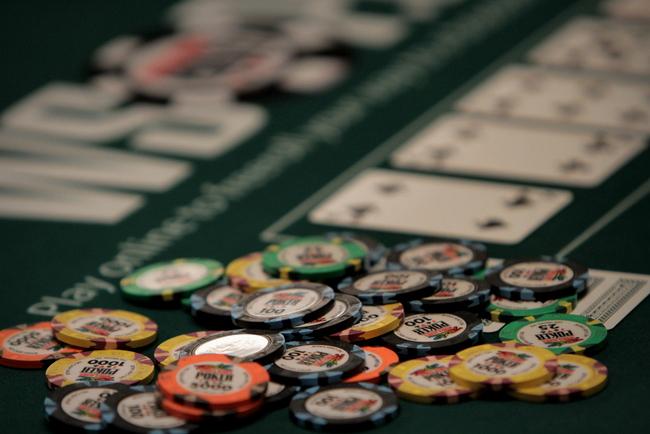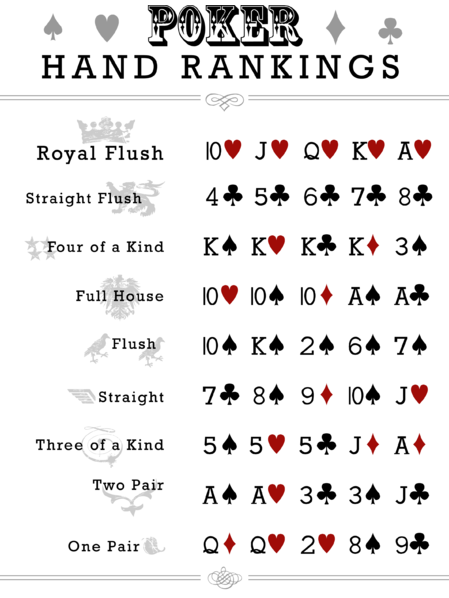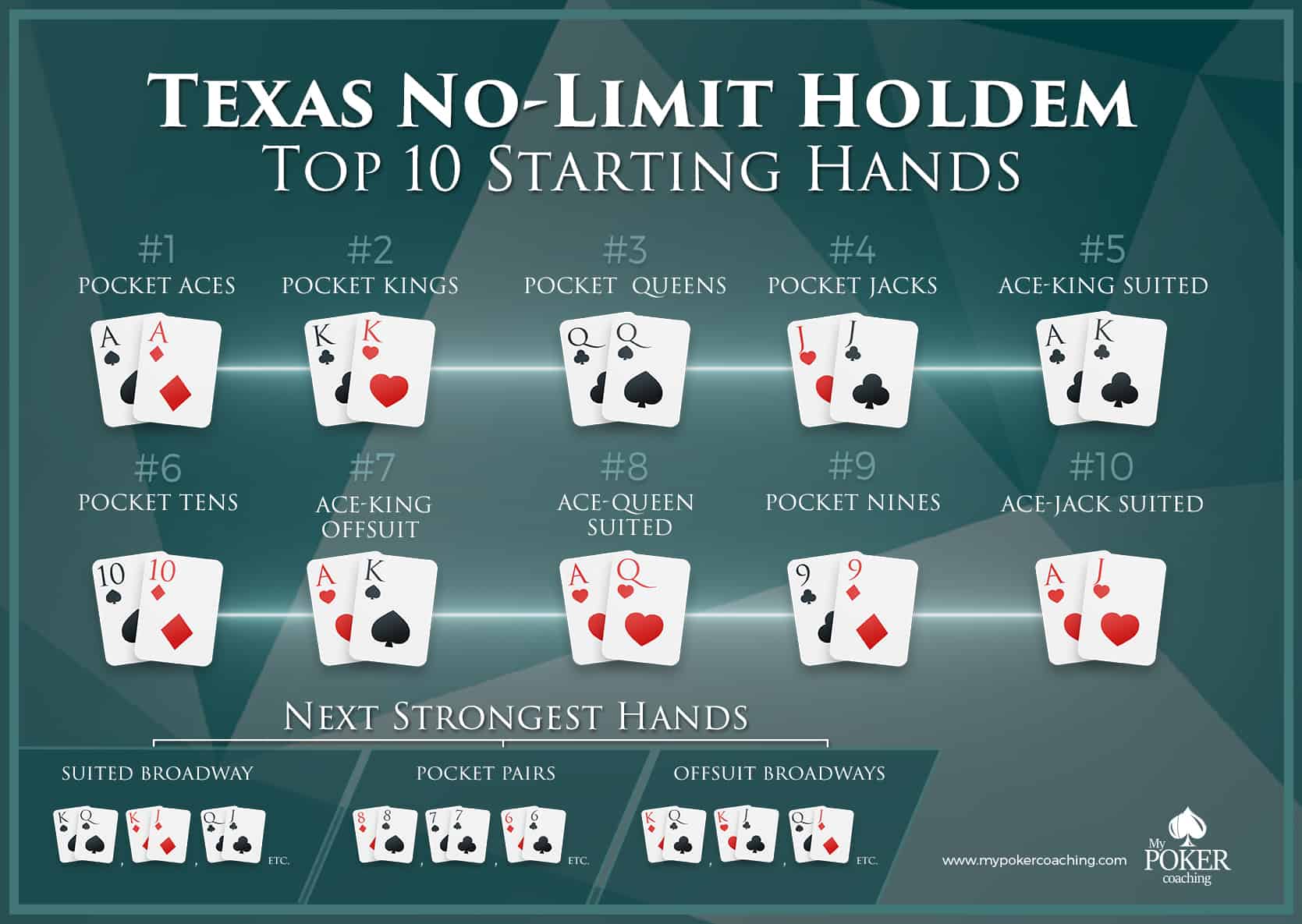Texas Holdem 3 6 Limit Strategy
- Many players would argue that there are more relevant strategy tips. However, if you can master these five “Golden Rules”, and focus on them, you will be better than most Texas Hold’em players. 5 Best Texas Holdem Strategy Tips are: Choose an opening hands that can make you money in any given situation. Follow what's happening at your.
- Pre-flop play, good starting hands and pot odds are a few topics covered in this comprehensive strategy guide to playing Limit Texas Hold'em. 100% Up To $600 or $100 tickets.
- To win at Texas Hold’em, the best route is to use several strategies to give you the upper hand. Once you know how to play Texas Hold’em, you can begin to employ strategies like knowing when you have a hand to fold on or bet big with, reading your opponents, and playing the odds to win.
- Welcome to Low Limit Holdem! Welcome to Low Limit Holdem Strategy and Tactics. Our focus is on practical strategy on sitting and winning in very loose low limit holdem poker games. You've come to the right place. We now have some great articles on playing in Low Limit No Limit Texas Holdem. Visit Articles and Essays section to learn more.
This turns getting to see 4 cards for 3-9 dollars into 12-24 dollars. No big deal in the grand scheme but if you're looking to practice at this game like me and just wait around then you should try to get to a table where players aren't so aggressive.(alot of times its just good drunken fun at the boat on 3-6 Texas Hold'em).



Every year the World Series of Poker offers a wide range of variants and game types for poker players. Without question, one of the most popular choices is six-handed no-limit hold’em.
Many are familiar with full-ring NLHE, but the short-handed version brings significant changes to strategy, as WSOP bracelet holder and World Poker Tour champion Taylor Paur explained to us yesterday.
Paur has nearly $3 million in career live tournament earnings, the largest chunk coming from his victory in the most recent WPT Shooting Star in San Jose where he topped a 708-entry field to capture a $1,214,200 first prize. Paur won his WSOP bracelet in 2013, besting 2,071 players in a $1,000 no-limit hold’em event for $340,260.
The 26-year-old poker pro from El Dorado Hills, California also has experienced considerable short-handed success at the WSOP, twice making final tables in six-max events. Paur finished fifth in the $10,000 No-Limit Hold’em Six-Handed Championship in 2011, then took sixth in last year’s $1,500 No-Limit Hold’em Six-Handed event.
With a focus on players who are used to playing full-ring (nine- or ten-handed) NLHE multi-table tournaments, here are Paur’s six tips for those getting started with six-max tournament poker.
1. Overall Adjustments
“Just tighten up,” Paur begins when addressing how to adjust from full-ring to short-handed play. “Try to play solid. You’re better off not playing too many pots, and play the pots you enter to win.”
Texas Holdem 3 6 Limit Strategy Card Game
“That’s much better than trying to get involved in a lot of hands against good players,” he continues. “Just play the hands you play aggressively.”
Texas Holdem 3 6 Limit Strategy Rules

2. Avoid Overplaying Hands
Many players new to six-max tournaments will overcompensate and feel they need to change their games dramatically from full-ring play. Paur warns inexperienced players against this, noting how in theory you don’t need to alter your game a lot.
“It is easy to overplay your hands, and a lot of people feel the need to change a lot of stuff when they play six-max,” says Paur. “In this format you just get into a lot more situations postflop where you need to be able to read hands with lesser strength hands, instead of just playing premiums.”
“Inexperienced players get themselves into very big pots they can’t find a way out of,” he continues. “That’s how you see many people bust in the early levels of a six-max tournament, especially the lesser experienced ones.”
3. Blind Play
Since the blinds come around more often, adjustments have to be made when you’re playing short-handed. Paur explains how you should be defending your blinds more often and three-bet more, too, because the opening range from every position is a little bit wider.
“It’s up to personal preference whether or not you like to put in more three-bets or calls, and there are lots of different views on that. A lot of these GTO (Game Theory Optimal) guys seem to say that calling everything out of the big blind is the best way to go. I don’t agree with that. I like to mix it up based on how my actions are being perceived by the person I’m up against, [and from that I will decide] whether or not I’m going to three-bet or flat or fold. And, of course, it matters what cards I have.”
Also worth noting is the fact that the small blind presents a completely different situation than does the big blind. As Paur explains, the small blind is his least favorite position, and probably one from which to be extra cautious.
“I don’t mess around in the small blind,” says Paur. “I don’t believe people who mess around from the small blind, and I don’t expect them to believe me. I’m scared of the small blind — it’s like a pet peeve.”
4. Adjusting when Under the Gun

Things start to look up once you’re under the gun, but it’s still not a position from which to go crazy. One important point Paur makes is that those who are new to six-max need to start thinking of the positions at the table in a different way.
“I personally think of under the gun full ring as if it were 6-max, but it’s basically middle position when you’re full ring. My opening range is probably too wide, so I don’t take under the gun as serious as it sounds.”
5. Playing from the Cutoff
Things start to get fun when you’re in the cutoff, where open-raising almost feels mandatory if the right person is sitting to you left.
“A lot of your play in the cutoff depends on who is on the button,” Paur explains. “If it’s someone who’s not going to mess with you, you can treat it as if you are on the button. If it’s someone that’s willing to go to war, you might have to go to war.”
“On the other hand, you might have to tighten up a little bit, but that all depends on who your opponent is, and the flow at the table.”
6. Playing from the Button
The best position in poker — and it really doesn’t matter what format you’re playing — is the button. This is no different in six-max no-limit hold’em, and Paur closes out with some words of wisdom on playing six-handed tournaments from most fun position in poker.
“You can obviously play more hands from the button, just because you always have position and that is very important,” he says. “You have a wider opening range from the button, and you can play more hands.”
There you have it — you no longer have to fear the short-handed action at the WSOP, at your local casino, in your home game, or online. Even when your cash game gets short-handed, you know the approach to take — so don’t panic and start raising from the button!
Want to stay atop all the latest in the poker world? If so, make sure to get PokerNews updates on your social media outlets. Follow us on Twitter and find us on both Facebook and Google+!
Tags
tournament strategysix-max strategyshort-handed strategyno-limit hold’emWorld Series of PokerWorld Poker Tour2015 WSOPTaylor PaurPoker TournamentsRelated Tournaments
World Series of PokerWorld Poker TourRelated Players
Taylor Paur